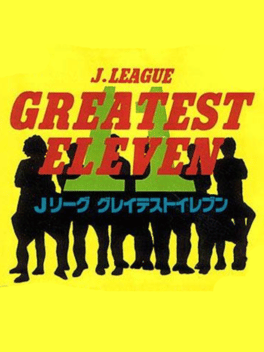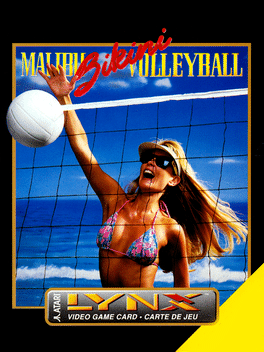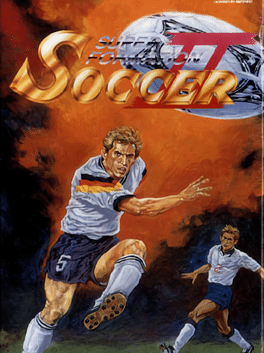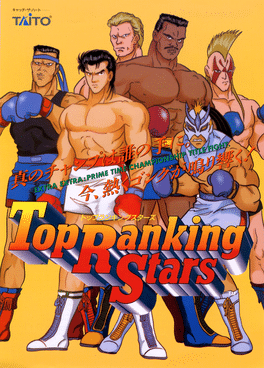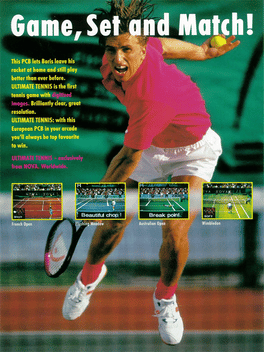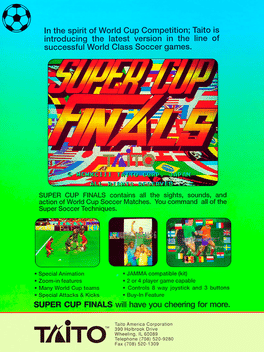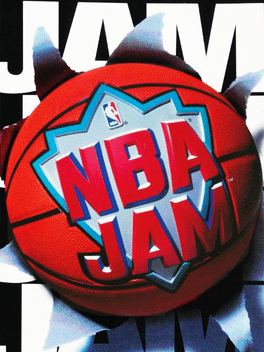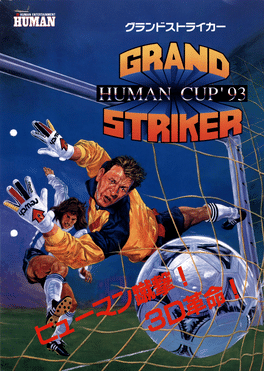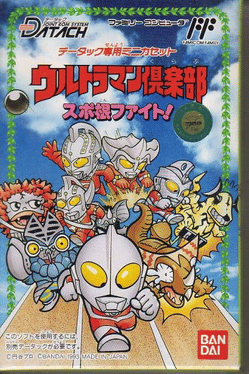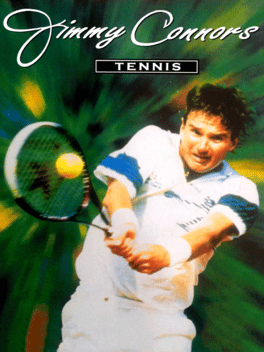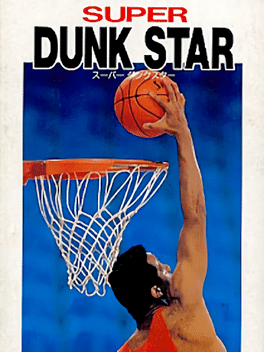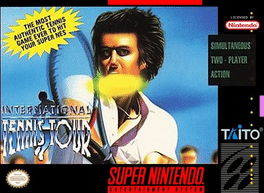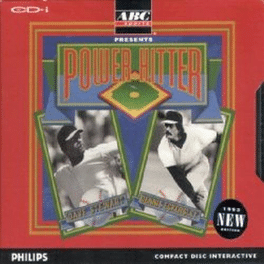New Sport Games - Page 198
-
J.League Pro Striker
1993
J.League Pro Striker
1993
J.League Pro Striker is a 1993 football game for the Sega Mega Drive by Sega. It was the first in a long line of J. League games developed by Sega after acquiring the license to the franchise for their consoles (but it was not the first J.League game on a Sega system — Game Arts's J. League Champion Soccer, released a few months earlier on the MD, was). -
J.League Greatest Eleven Soccer
1993
Soccer game released in 1993 for the PC Engine. J.League Greatest Eleven is a soccer game for the PC Engine published by Nichibutsu/Nihon Bussan. Despite the similar name, it has no relation to Konami's J-League Winning Eleven series. The game features the Japanese soccer league's ten teams from its inaugural 1993 season. There's an exhibition mode with support for four players and a league mode where 1 or 2 players can face off against the computer. The game also offers an option to play with four human players, but only in the exhibition mode. -
Malibu Bikini Volleyball
1993
Welcome to Malibu: Volleyball capital of the world. This is where the best come to play--and show off their tans. If you want in, sign up. But keep your eyes on the ball...there'll be plenty of time for bikini-watching after the match! -
Super Formation Soccer II
1993
Super Formation Soccer II is a Sports game, developed and published by Human Entertainment, which was released in Japan in 1993. -
Top Ranking Stars
1993
-
Ultimate Tennis
1993
Ultimate Tennis
1993
A game based upon the major tennis events held around the world such as Wimbledon and the Roland Garros Tournament. There are plenty of players to choose from who have a variety of characteristics and techniques. The game has good music and sound effects with the speech and crowd noise being particularly good. -
Super Cup Finals
1993
Super Cup Finals
1993
A soccer game with a perspective playing field. Play against the computer or other human players. -
NBA Jam
1993
NBA Jam
1993
star 7.4NBA Jam is a basketball arcade game published and developed by Midway in 1993. It is the first entry in the NBA Jam series. The main designer and programmer for this game was Mark Turmell. Midway had previously released such sports games as Arch Rivals in 1989, High Impact in 1990, and Super High Impact in 1991. The gameplay of NBA Jam is based on Arch Rivals, another 2-on-2 basketball video game. However, it was the release of NBA Jam that brought mainstream success to the genre. The game became exceptionally popular, and generated a significant amount of money for arcades after its release, creating revenue of $1 billion in quarters. In early 1994, the Amusement & Music Operators Association reported that NBA Jam had become the highest-earning arcade game of all time. The release of NBA Jam gave rise to a new genre of sports games which were based around fast, action-packed gameplay and exaggerated realism, a formula which Midway would also later apply to the sports of football (NFL Blitz), and hockey (2 on 2 Ope -
Premier Soccer
1993
-
Slalom
1993
-
Ultraman Club: Supokon Fight!
1993
Ultraman Club: Supokon Fight! is a Sports game, developed by TOSE and published by Bandai, which was released in Japan in 1993. -
Top Rank Tennis
1993
Top Rank Tennis
1993
star 7.4Top Rank Tennis is a Sports game, developed by Pax Softonica and published by Nintendo, which was released in 1993. -
Jimmy Connors Tennis
1993
-
Super Dunk Star
1993
Super Dunk Star
1993
Super Dunk Star is a basketball game somewhat based on the NBA but with entirely fictional teams. Most of the action is depicted NBA Jam style, with a horizontal view of the court and large sprites for the athletes. Upon scoring a field goal from up close (slam dunks or otherwise), the camera briefly changes to a dynamic shot of the basket. The game was developed by C-Lab and published by Sammy Studios exclusively in Japan. -
International Tennis Tour
1993
International Tennis Tour is a video game about tennis and being an international superstar. There are practice, exhibition, and career mode where the player is given a generous number of dollars and must compete on the world tennis circuit in order to gain more money. -
GB Basketball
1993
GB Basketball
1993
Tip Off (GB Basketball) is a Sports game, developed by Enigma Variations and published by Imagineer, which was released in Japan in 1993. -
Power Hitter
1993
Power Hitter
1993
It's just you against baseball's great pitchers. Your hands tighten around the bat. He winds. The ball screams towards the plate. You swing, and the crack of the bat signals a hard grounder through the infield. It's a hit! -
Mezase! Top Pro Green ni Kakeru Yume
1993
Mezase! Top Pro Green ni Kakeru Yume is a Sports game, developed and published by Jaleco Entertainment, which was released in Japan in 1993.

